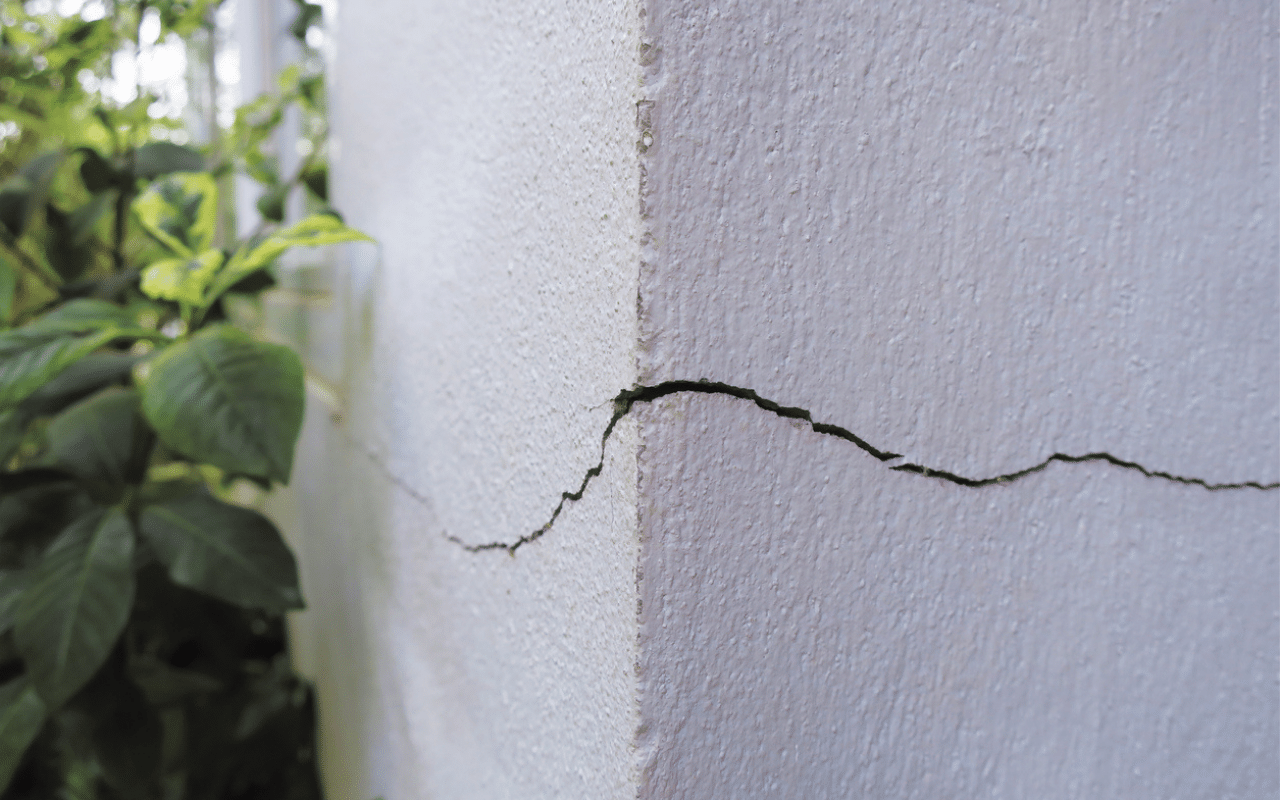
Climate change leads to increased periods of drought, posing serious problems for buildings constructed on clay soils. Highly sensitive to humidity variations, these soils contract during prolonged droughts, causing cracks in the structures built on them. However, a gel-based solution developed by IFP Energies Nouvelles (IFPEN) and Solinjection could address this issue of cracked buildings. This solution is being presented this week at the Viva Tech conference in Paris.
Every summer, reports show buildings cracking due to drought, threatened by the shrink-swell behavior of clay soils, leaving property owners worried. Exacerbated by drought induced by climate change, this phenomenon causes significant cracks and concerning subsidence.
Cracks, Subsidence, and Danger
Under normal conditions, clay soils absorb water and swell. However, during drought periods, they lose moisture, contract, and cause ground subsidence. This phenomenon, known as the shrink-swell behavior of clays, is particularly troubling in regions where buildings are not designed to withstand such variations.
Cracks in the walls and foundations of buildings can lead to significant structural damage, compromising the safety of inhabitants and requiring costly repairs. Moreover, these cracks allow rainwater to infiltrate more easily during heavy precipitation periods, worsening humidity and stability issues.
Managing these climate change-related risks necessitates adapting construction techniques and greater consideration of clay soil properties. Existing solutions, such as underpinning or injecting polyurethane resin, are not always effective or economically viable.
An Innovative Silica-Rich Gel
To address these problems, IFP Energies Nouvelles and Solinjection have developed MAGELLAN, a 100% mineral gel designed to mitigate the sensitivity of clay soils to moisture variations, ensuring the durability and safety of buildings.
The gel, based on silica, is injected into the soil where it forms new molecular bonds with the clays, making them less sensitive to moisture changes. Tests conducted between 2020 and 2022 have shown that the gel makes clay soils less compact and plastic, transforming them into a more crumbly consistency.
The engineers drew inspiration from an existing silica gel fluid used for sealing gas wells. According to a press release, 30-40% of clay soils currently treated with existing solutions could be treated with MAGELLAN.
Initially aimed at individual houses, trials will be conducted in France in the coming months. According to Laurent Forti, leader of the “Climate change adaptation” research and innovation program at IFPEN.
“It is estimated that 10 million individual houses are located in at-risk zones today in France due to their construction on clay soil; a major challenge given the increasing frequency of droughts. With MAGELLAN®, we offer a solution with several advantages compared to traditional options. It significantly and definitively reduces the sensitivity of treated clay soils to dehydration and rehydration phenomena.”
This solution could also find applications beyond France. According to Didier Richert, the General Director of Solinjection, their ambition
‘is to offer this technology internationally, in other European countries, the United States, and certain Middle Eastern countries.’
The solution will be showcased at Viva Tech Hall 1, Aisle J n°09
